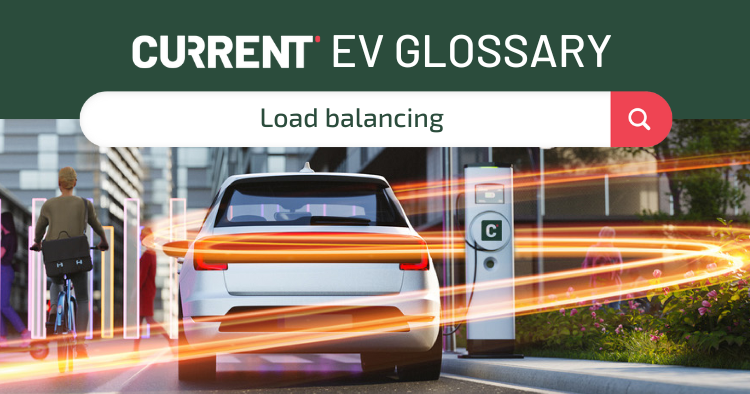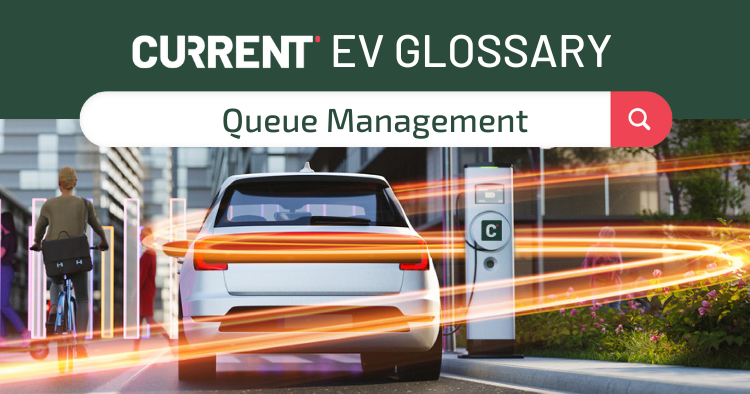Charge Point Management System (CPMS)
With the growing popularity of electric vehicles (EVs), the need for an efficient and intelligent charging infrastructure has never been greater. Charge points have become an essential part of the modern transport sector and they must work seamlessly with all the parts of the charging infrastructure. To ensure this, a Charge Point Management System (CPMS) is required. This article explores what CPMS is, its key features, and how it plays a crucial role in shaping the future of electric mobility.
What is a Charge Point Management System (CPMS)?
CPMS, or Charge Point Management System, is a complex software solution used to manage and monitor charging points for electric vehicles. This system acts as the heart of a charging infrastructure, giving owners and operators the ability to manage, monitor and optimise charging. The CPMS software connects these components of a charging infrastructure:
- Electricity grid
- Charging stations
- Electric vehicles
- Charge point operators
- EV drivers
Key CPMS Features
A CPMS must do a few things:
- Connect the charge point to the grid. This must be done in a way that allows for monitoring of usage, maintenance, and costs by the charge point operators.
- Connect drivers to the e-mobility services. E-mobility service providers manage memberships, payments, and customer service. So the CPMS gives them the data they need to fulfill this role.
- Connect investors to all of the above. A CPMS should be a scalable solution that allows for more charge points to future-proof the business against growth. Good management software provides data to reduce costs and spot opportunities to generate additional revenue.
To accomplish these connections, a CPMS needs robust data collection, clear reporting capabilities, and customer service capabilities.
How does a CPMS Help Charge Point Operators?
A CPMS helps charge point operators (CPO) provide a good EV charging experience. The benefit to the CPO includes more insights to generate revenue and reduce the total cost of owning and operating their charge points.
Here are a few ways the CPMS can do this:
- Use the open charge point protocol to monitor availability of charge points to ensure maximum uptime.
- Connect the operator to the EMSP to manage costs and bill drivers for their energy use.
- Support for managing energy costs to produce reliable charging services and reduce the costs of the charging infrastructure.
A CPMS will offer even more features for end-to-end EV charging, from the power grid to the electric vehicle.
What are the benefits of a CPMS for EVs?
A CPMS benefits drivers because better charging and building management systems contribute to key shared goals:
- Great charging experience
- Lower costs for users and customers
- Less energy use on the whole
When a business can operate its charging points efficiently, the customer benefits from access to ready chargers and lower prices.
A CPMS is an Important Part of the Charging Network
As we've mentioned, the CPMS is a key part of the entire charging network. It provides the management tools needed to support CPOs and EMSPs in their businesses. Customers benefit from access to many providers and chargers.
Summary
The challenge of the decade for the e-mobility world is to fulfill the needs for EV charging. Technological innovation comes to the rescue, though. It has sophisticated software for managing EV charging that meets business requirements and puts all important data, practices, and guidelines in one place. If you want to add more EVs to your fleet, the fleet management system will help you get ready for the future of electric transportation.
In short, the charging station management system has the following main benefits:
- Full control of charge points to make the best use of energy and save money
- Better charging experience for EV drivers
- Billing and payments are two examples of complex processes that can be automated.
- Potential to expand your company's reach and improve collaboration
If you still have questions or want to learn more, please look at the other articles in our glossary.



